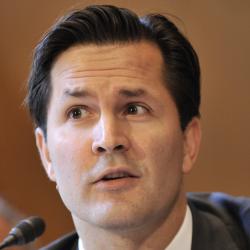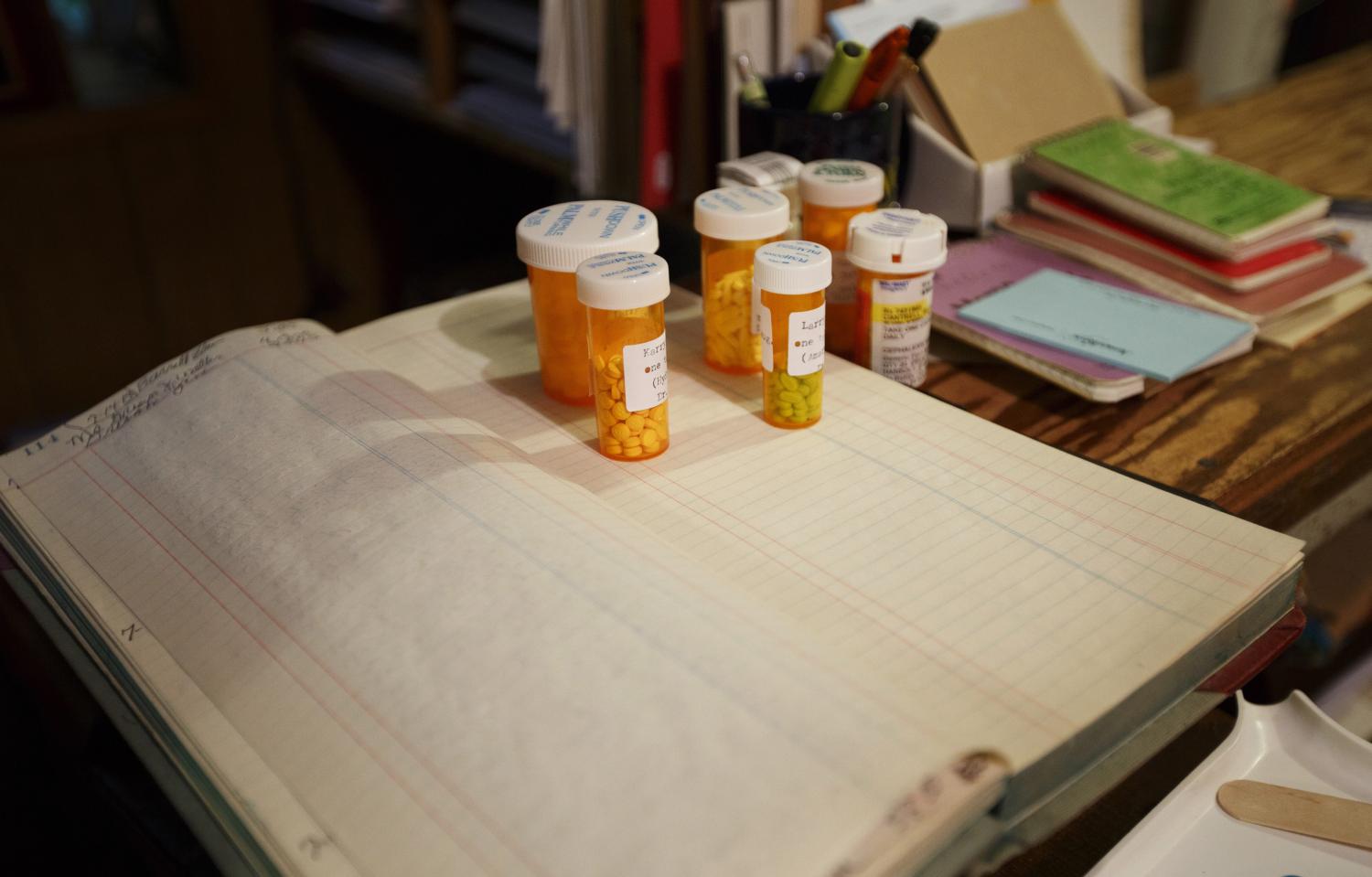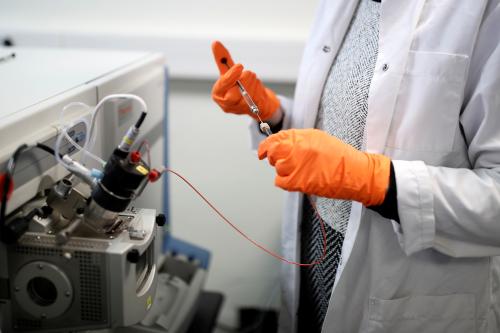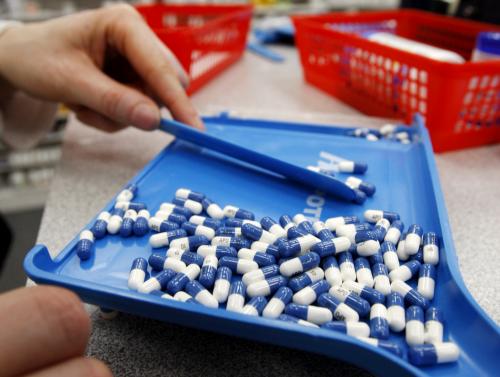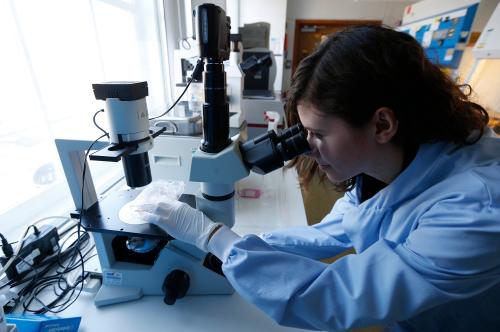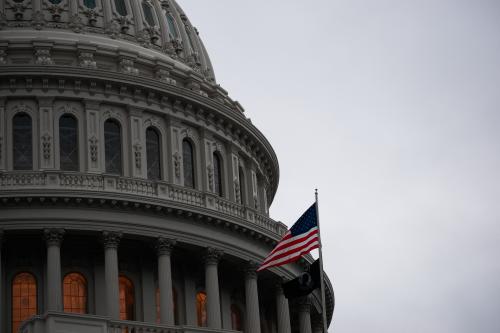This working paper was prepared for “Reining in prescription drug prices,” a May 2 event presented by the Center for Health Policy and the Hutchins Center on Fiscal and Monetary Policy at Brookings.
For years, concerns over the inaccessibility and high prices of U.S. prescription drugs focused on on-patent brand-name medicines. Low-cost generic drugs—Food and Drug Administration (FDA)-approved, interchangeable versions of the same products made by different manufacturers—were considered part of the solution to that problem. More recently, however, price hikes and shortages of generic drugs have dominated news headlines and the attention of policymakers. From the rising costs of the epinephrine autoinjector (EpiPen) to the unscrupulous pricing practices of Valeant and Martin Shkreli’s Turing pharmaceuticals, widely-publicized controversies involving decades-old drugs have generated congressional investigations and sparked public concern. But there have also been dozens of similar, less well-known episodes involving shortages of essential chemotherapy medicines and fast-escalating prices for lifesaving drugs to treat heart failure.[1] On March 29, 2017, the Improving Access to Prescription Drugs Act was introduced in the Senate and the House, which, among other policy proposals, calls for Medicare to negotiate “fair prices” for prescription drugs, requires monitoring of price gouging by manufacturers, rebates from manufacturers to consumers, and shorter periods of marketing and data exclusivity for brand-name drugs. This legislation represents just the latest call for greater price regulation of drugs.
While most generic drugs remain an inexpensive and critical part of a physician’s therapeutic arsenal, these cases reveal failures in the generic drug market that can lead to substantial patient harm.
In response, we propose a sustainable strategy to address price spikes among U.S. generic drugs and improve patients’ access to safe medicines. We begin by outlining the important role of generic medicines in the U.S. health system and the market failures that have contributed to recent price hikes and shortages. Next, we consider the various strategies that have been proposed to address those market failures and the reasons that those strategies are likely to fall short in fixing the problem. Third, we propose a three-pronged approach for increasing competition in the U.S. generic drug market, while minimizing any attendant risks to patient safety or undermining the institutional role of the FDA. This proposal centers on the use of reciprocal drug approval and draws on previous precedents and the existing platforms for regulatory cooperation in the pharmaceutical sector. Last, we apply our proposal to show how it might affect international competition among a cohort of U.S. drugs currently eligible for generic competition, but lacking sufficient competition to achieve substantial price reductions.
Kesselheim’s research is supported by the Laura and John Arnold Foundation, with additional support from the Engelberg Foundation and the Harvard Program in Therapeutic Studies. Bollyky did not receive financial support from any firm or person for this article. He is currently not an officer, director, or board member of any organization with an interest in this article.
[1] Gretchen Morgenson. 16 Apr 2017. “Same Pills, Higher Cost.” New York Times, BU1
